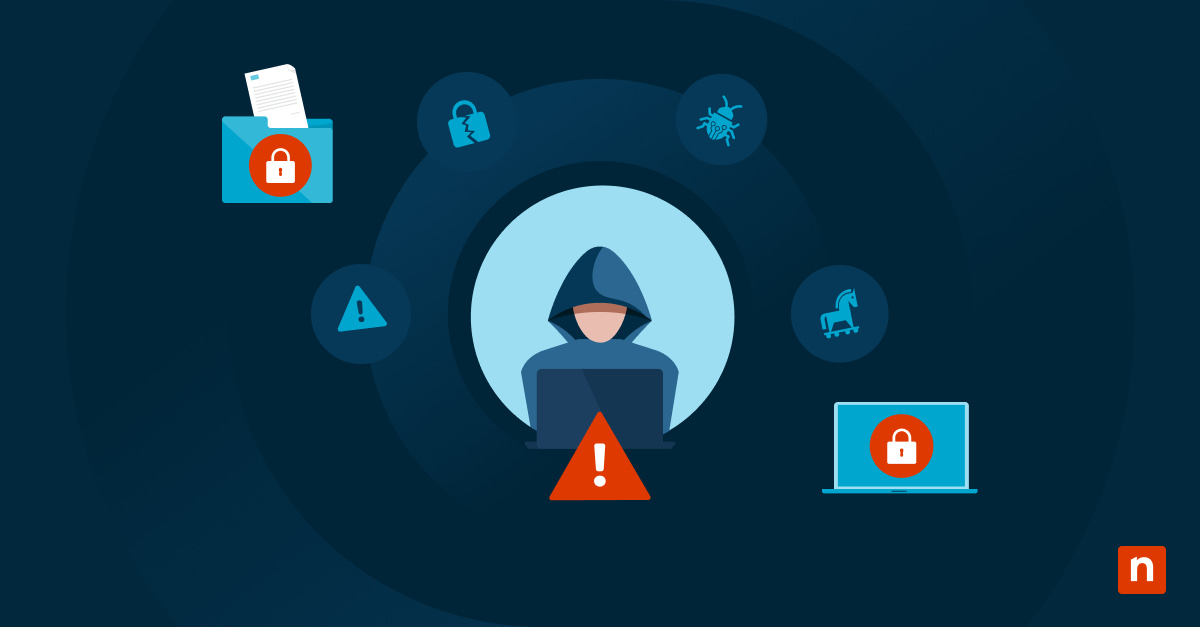Attacks using ransomware have emerged as a major danger in the current digital environment, affecting companies of all kinds and industries. When ransomware attacks, it can prevent users from accessing their files and systems and demand a fee to unlock them. Such attacks can have disastrous effects, including possible harm to one’s reputation, financial losses, and operational difficulties. Therefore, in order to protect their data and return to normal after an attack, organisations must comprehend the ransomware recovery process.
The Importance of Ransomware Recovery
Ransomware recovery encompasses all the steps necessary to regain access to data and systems compromised by ransomware. It is crucial because paying the ransom does not guarantee data recovery; in fact, it may encourage further attacks. Therefore, having a well-defined recovery plan can significantly mitigate the effects of an attack and expedite the restoration process.
Initial Response to Ransomware
When an organization detects a ransomware attack, the first step is to initiate an incident response plan. This plan should include isolating infected systems to prevent the malware from spreading. Disconnecting devices from the network can help contain the threat while the response team assesses the situation.
During this initial phase, it’s essential to gather information about the ransomware variant involved. Understanding the type of ransomware can aid in developing an effective recovery strategy. Some ransomware strains may have known decryption tools available, which can facilitate recovery efforts without the need for a ransom payment.
Assessing the Damage
Once the immediate threat is contained, the next step is to assess the extent of the damage. This assessment involves identifying which systems and files have been affected and determining the overall impact on business operations. A thorough inventory of compromised data is crucial for prioritizing recovery efforts.
Organizations should also evaluate whether any backups exist that could facilitate recovery. Regular and secure backups are a vital part of a ransomware recovery strategy, as they can help restore lost data without capitulating to the attackers’ demands.
Implementing Recovery Strategies
The recovery process will vary depending on the specifics of the attack and the organization’s preparedness. Here are some common strategies for ransomware recovery:
- Restore from Backups: If the organization maintains regular, secure backups, this is often the quickest way to recover lost data. Ensure that backups are clean and not also infected with ransomware before restoration.
- Utilize Decryption Tools: Depending on the ransomware variant, it may be possible to use decryption tools developed by cybersecurity professionals. These tools can sometimes recover files without paying a ransom.
- Data Reconstruction: If backups are unavailable or insufficient, organizations may need to reconstruct lost data. This could involve piecing together data from various sources or utilizing stored templates and documentation.
- Engage Cybersecurity Experts: For complex attacks, enlisting the help of cybersecurity professionals can be beneficial. These experts can provide specialized knowledge and resources to aid in recovery and enhance security measures moving forward.
Post-Recovery Measures
After regaining access to data and systems, organizations should conduct a post-recovery analysis. This analysis involves evaluating the response to the attack, identifying what worked well, and pinpointing areas for improvement. Developing a comprehensive report on the incident can also help refine incident response plans and bolster future defenses.
Additionally, it’s crucial to implement preventive measures to protect against future ransomware attacks. This includes employee training on recognizing phishing attempts, enhancing network security protocols, and regularly updating software and systems to patch vulnerabilities.
Conclusion
Ransomware recovery is a complex and critical process that requires a strategic approach to ensure data integrity and operational continuity. By having a robust recovery plan in place and leveraging backup solutions, organizations can effectively respond to ransomware attacks and minimize their impact. Proactive measures and ongoing employee education are vital in fostering a culture of cybersecurity awareness, reducing the risk of future attacks, and ensuring that businesses can quickly recover from such incidents. The landscape of cyber threats continues to evolve, making it imperative for organizations to remain vigilant and prepared for any eventuality.

